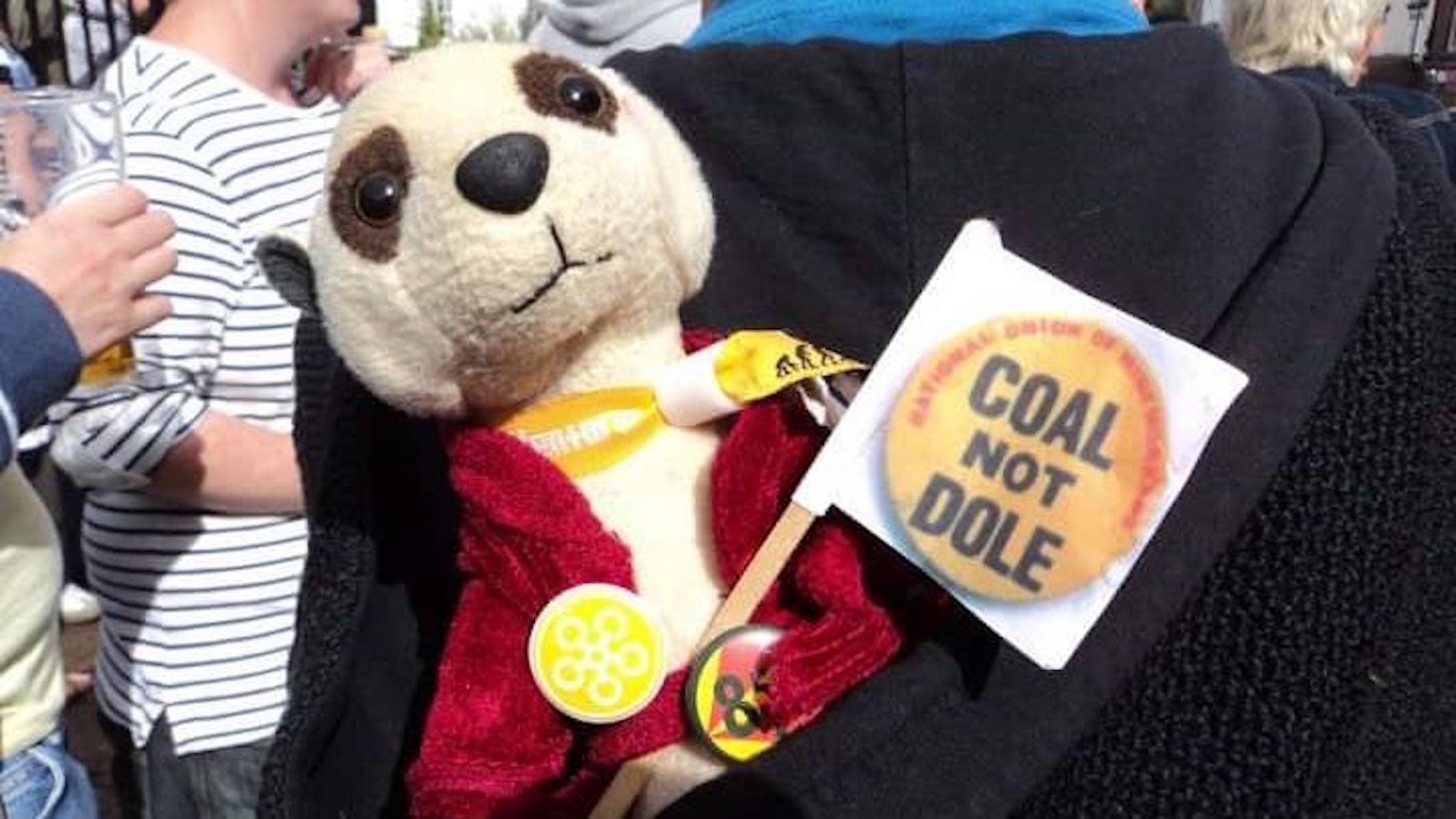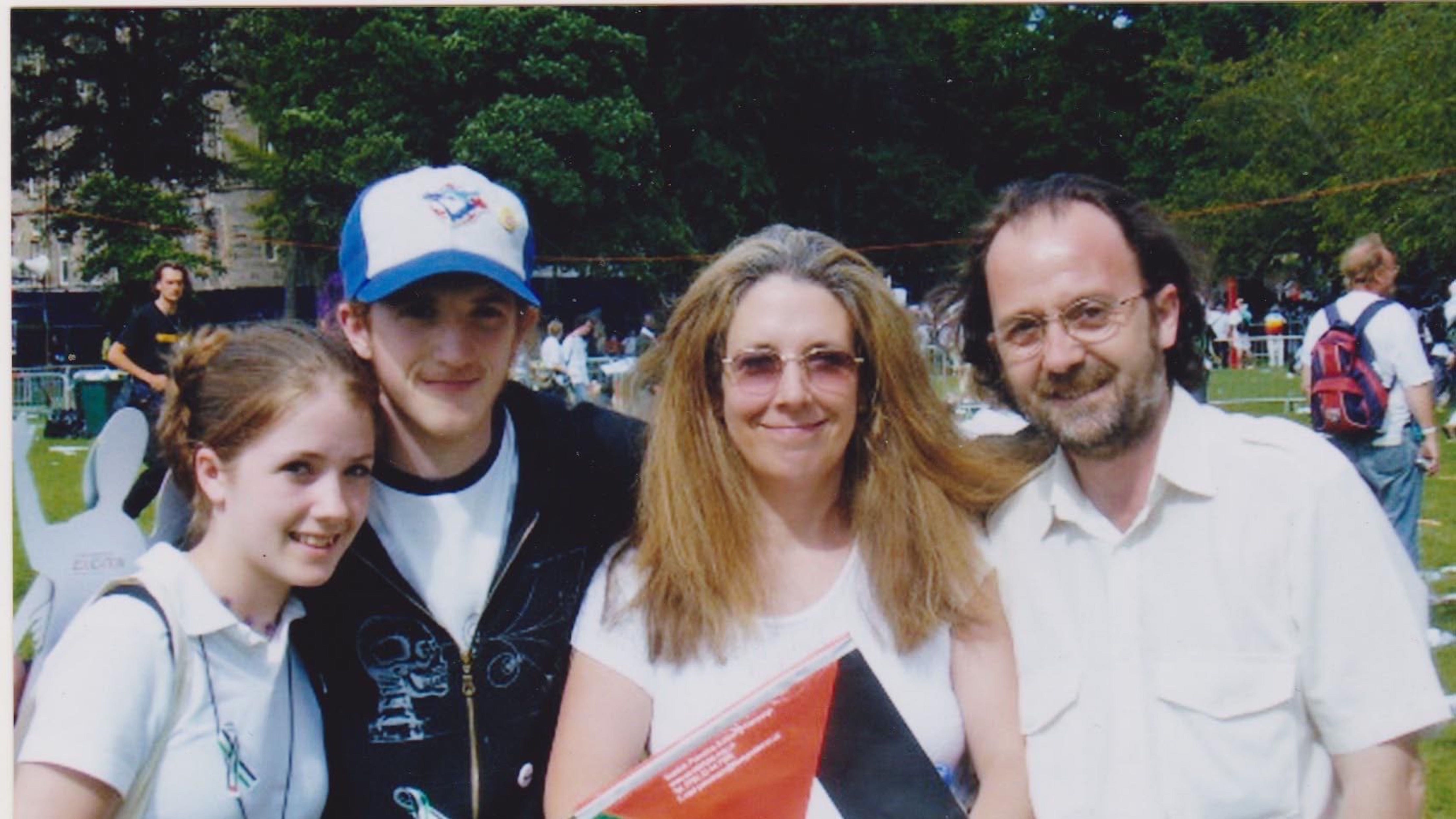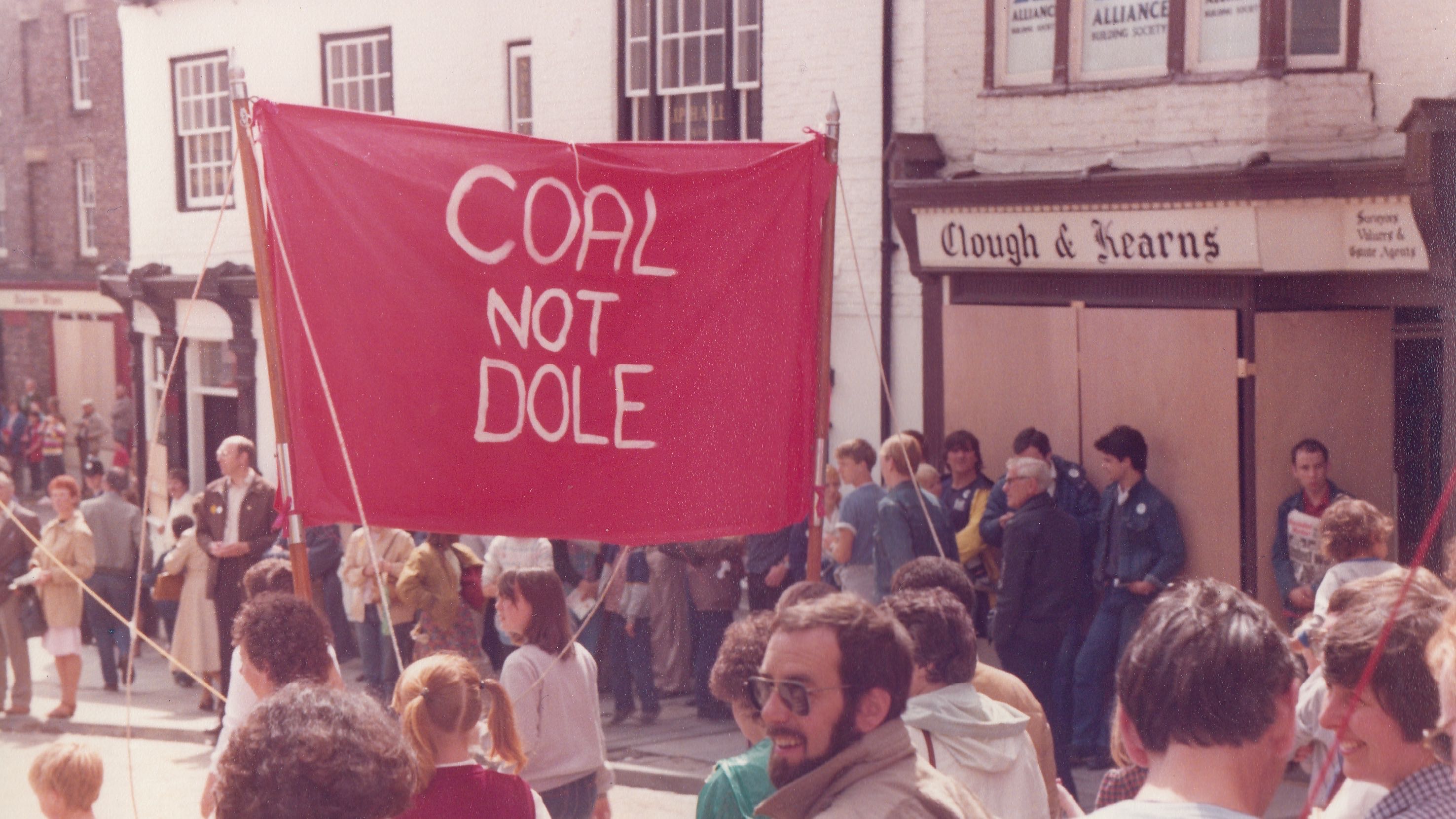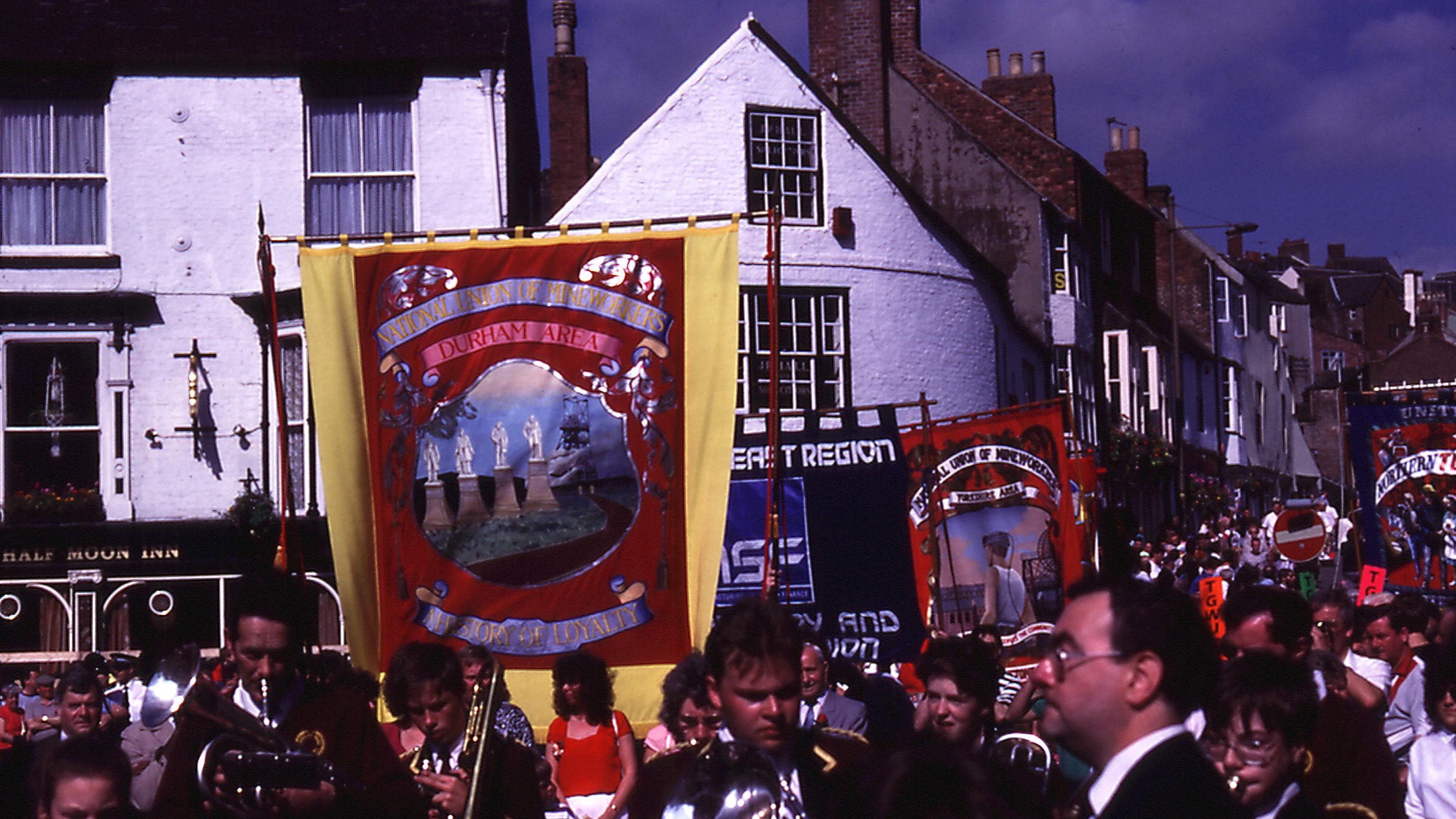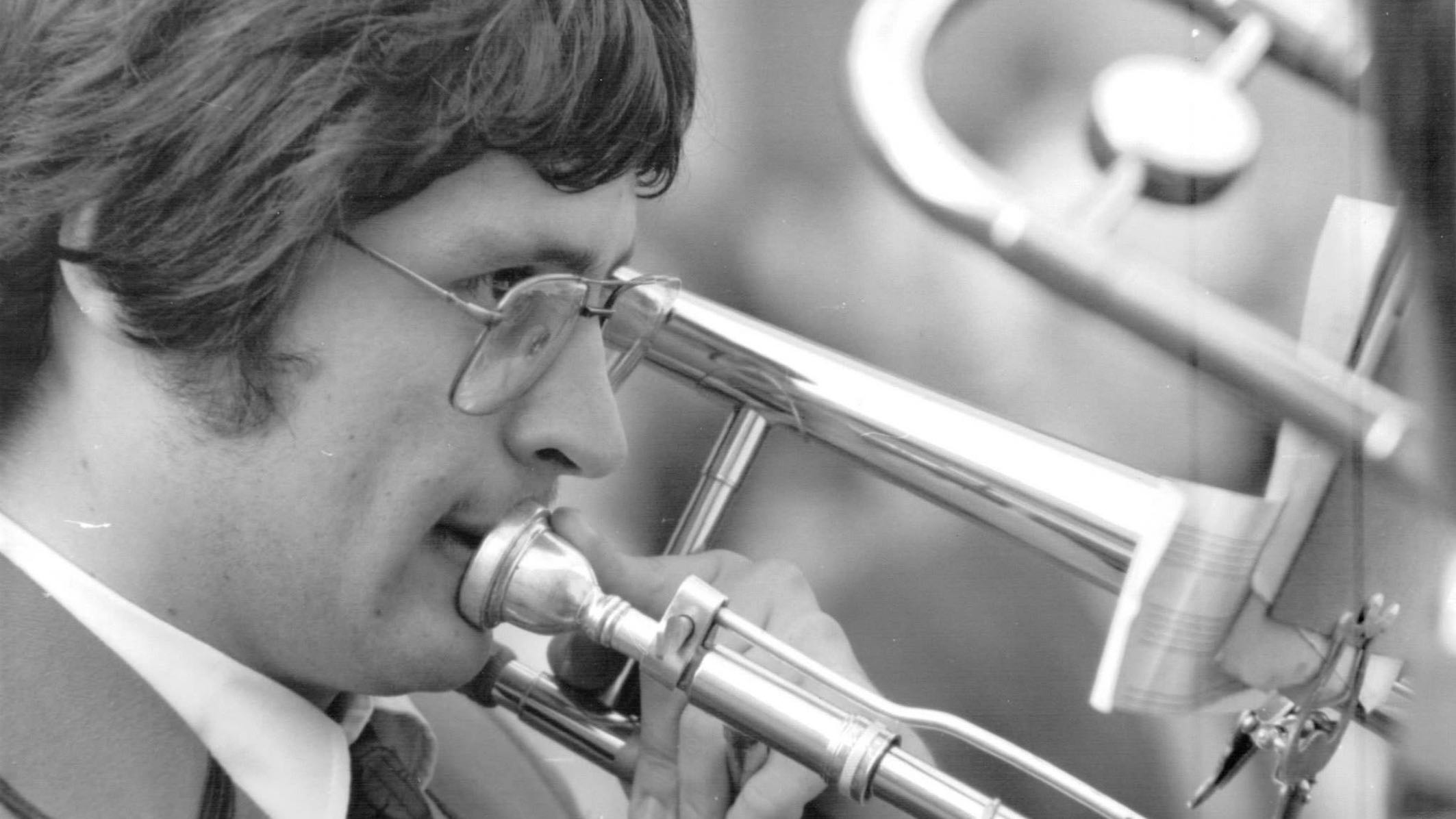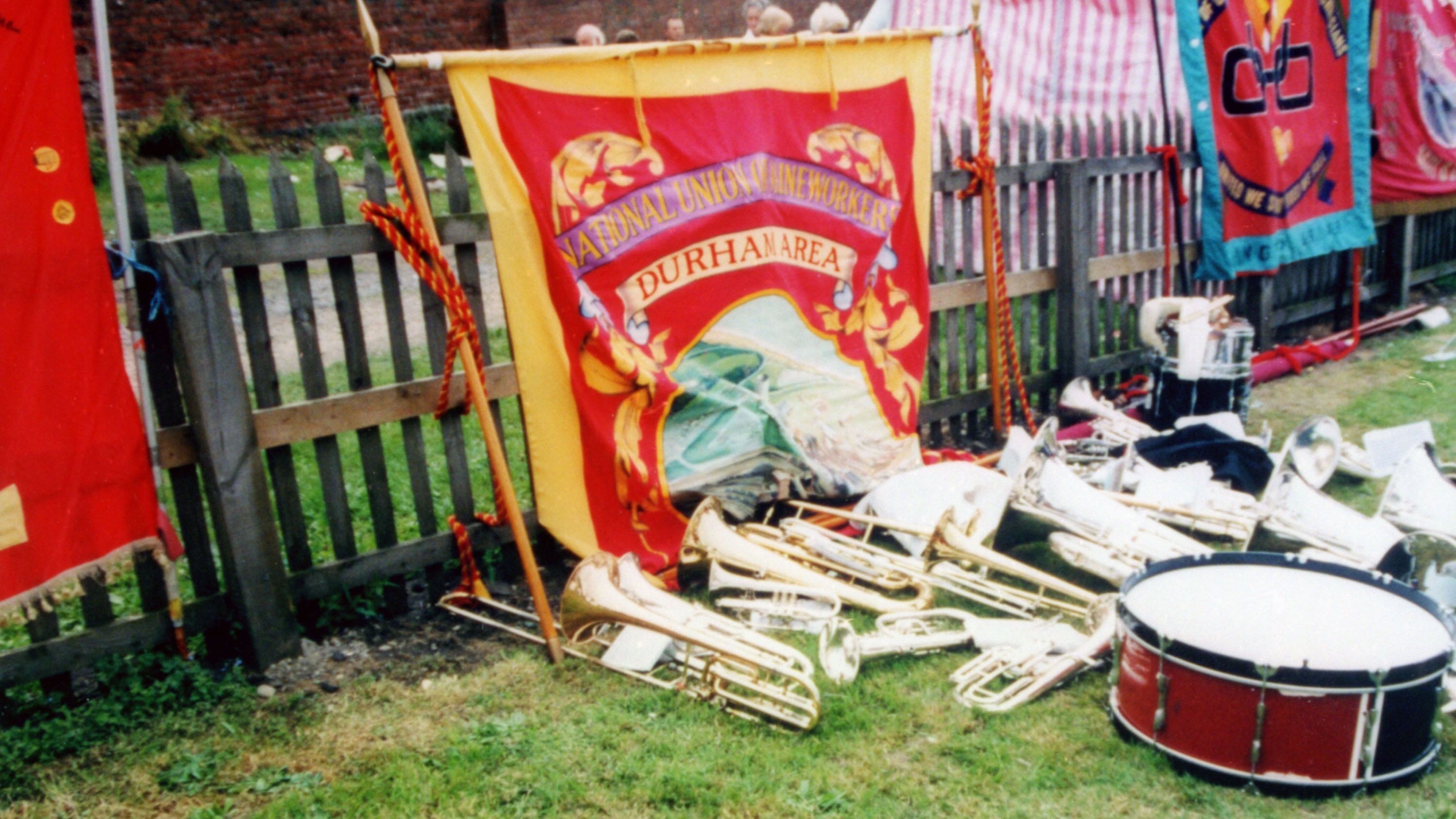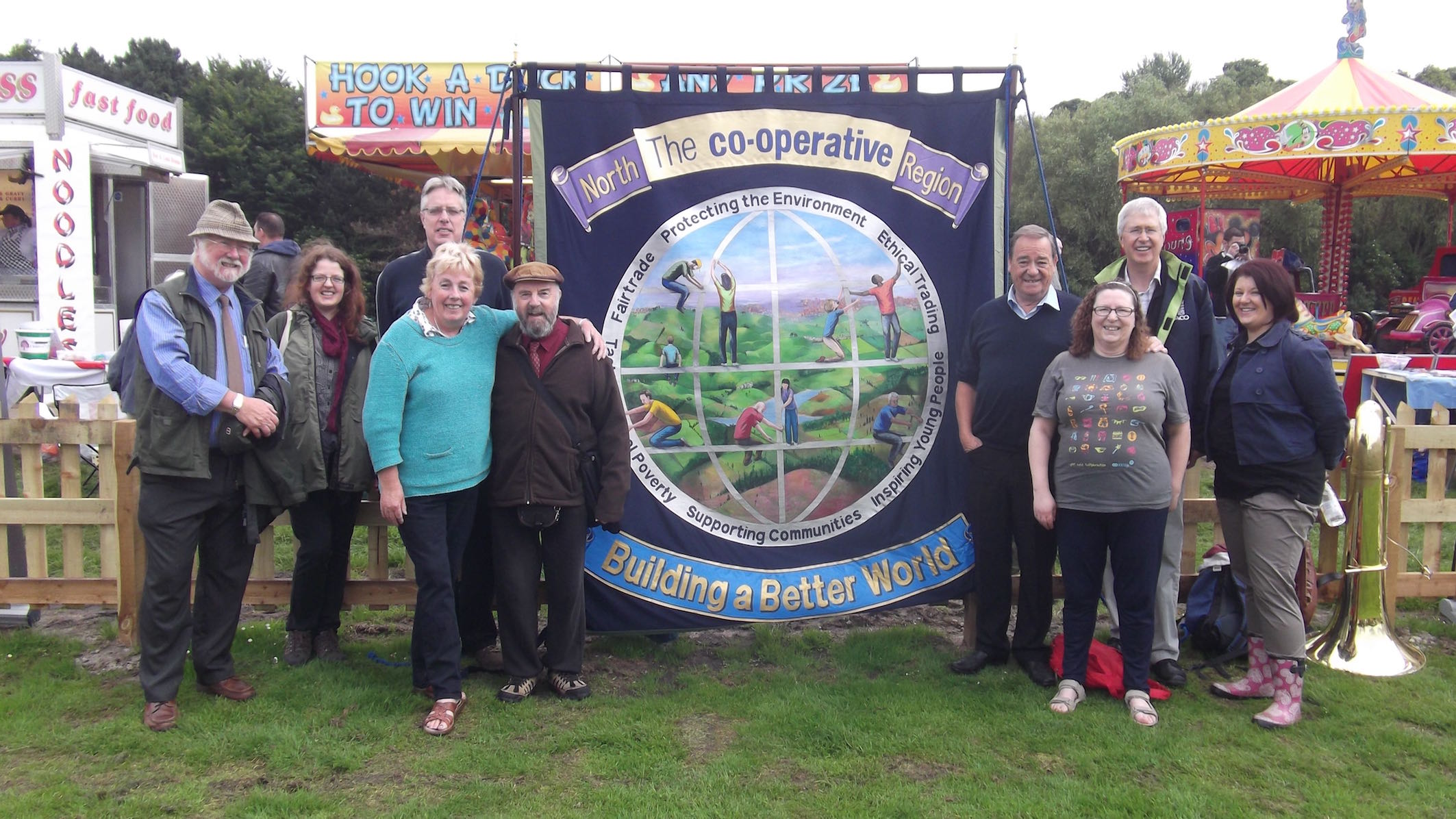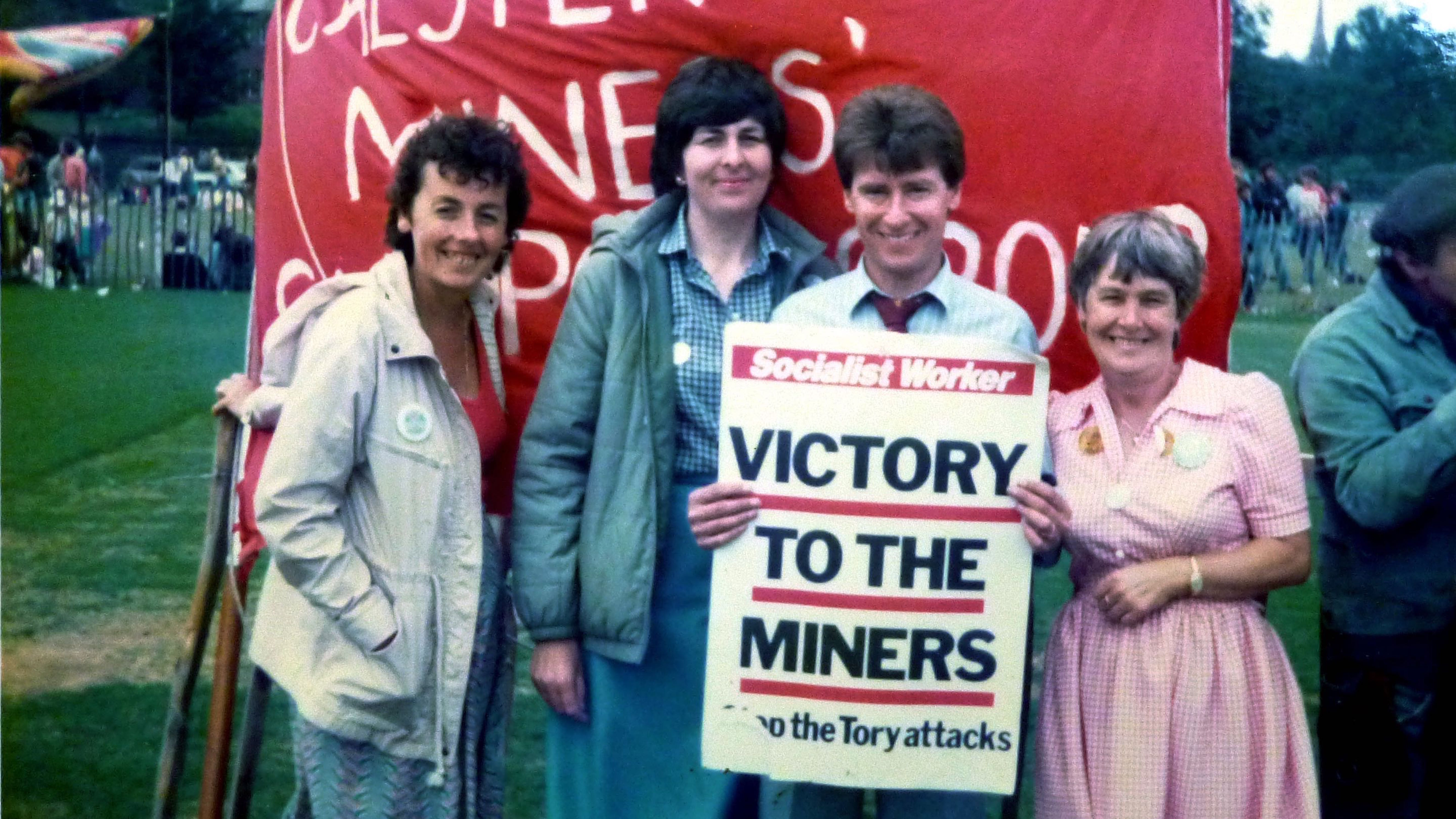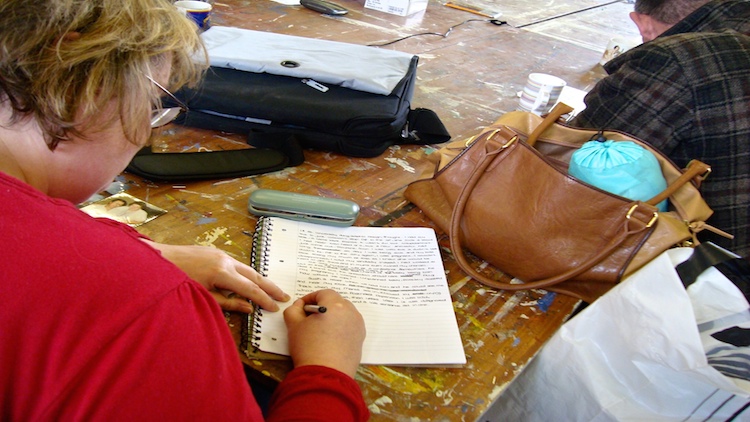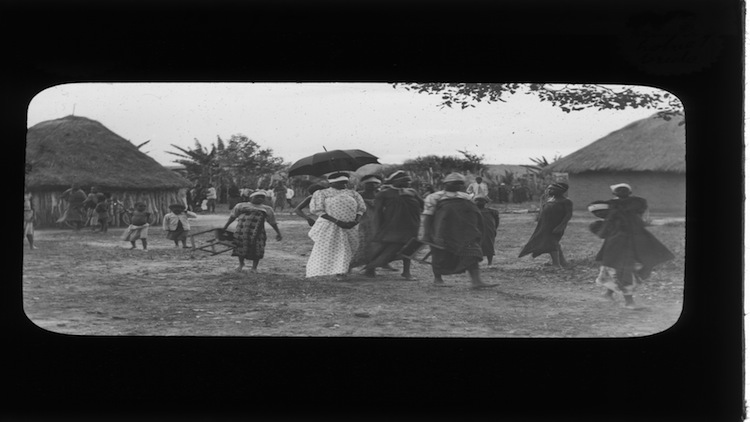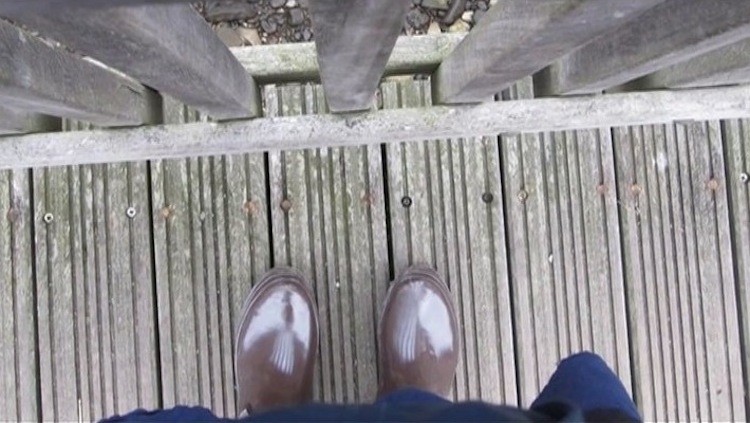Memories of the Durham Miners Gala
The Durham Miners’ Gala began in 1871. It has been described as part union rally, part political rally, part spiritual commemoration, part community get-together, and part family picnic. Barring strikes and World Wars, the Gala has been an annual event on the second Saturday in July since that time. It has a rich cultural, visual, social and musical heritage. For a century and a half, mining people of all ages, and their supporters, have followed their colliery banner and accompanying brass band through the streets of Durham City to the Race Course to hear speeches by political and union leaders, and to enjoy picnics and fun fair rides. Despite the closure of the last deep coal mine in the North East of England in 1994, the Gala has survived and in recent years numbers attending have increased significantly. An estimated 160,000 people attended the Gala in 2016.
Mining Galas were once common in mining regions; they represented a celebration of the industry and its way of life. Banners are symbolic of the common purpose of coal mining and trade unionism and at the same time signify differences in terms of collieries and place. Most Galas have died out but the Durham Miners’ Gala flourishes, due in no small part to the determination of the Friends of Durham Miners Gala, the Durham Miners Association and those who seek to preserve a sense of their industrial heritage and who organise around banners in former mining communities.Beyond that, the Gala is primarily about participation and can only be fully understood with reference to the meaning and memories it holds for people.
Curiosity Creative worked with Education 4 Action to deliver workshops with people who had a diverse range of memories of Durham Big Meeting over a 12 month period. Stories came from across the decades and focused on a range of memories which were important to the storytellers who told them.
The stories collected have been used as an educational resource for schools and have been screened at public events. They have also been archived for future generations.








